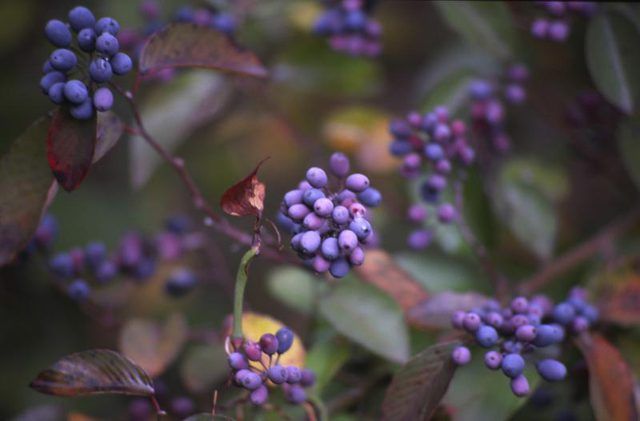Bulbs
Flower Basics
Flower Beds & Specialty Gardens
Flower Garden
Garden Furniture
Garden Gnomes
Garden Seeds
Garden Sheds
Garden Statues
Garden Tools & Supplies
Gardening Basics
Green & Organic
Groundcovers & Vines
Growing Annuals
Growing Basil
Growing Beans
Growing Berries
Growing Blueberries
Growing Cactus
Growing Corn
Growing Cotton
Growing Edibles
Growing Flowers
Growing Garlic
Growing Grapes
Growing Grass
Growing Herbs
Growing Jasmine
Growing Mint
Growing Mushrooms
Orchids
Growing Peanuts
Growing Perennials
Growing Plants
Growing Rosemary
Growing Roses
Growing Strawberries
Growing Sunflowers
Growing Thyme
Growing Tomatoes
Growing Tulips
Growing Vegetables
Herb Basics
Herb Garden
Indoor Growing
Landscaping Basics
Landscaping Patios
Landscaping Plants
Landscaping Shrubs
Landscaping Trees
Landscaping Walks & Pathways
Lawn Basics
Lawn Maintenance
Lawn Mowers
Lawn Ornaments
Lawn Planting
Lawn Tools
Outdoor Growing
Overall Landscape Planning
Pests, Weeds & Problems
Plant Basics
Rock Garden
Rose Garden
Shrubs
Soil
Specialty Gardens
Trees
Vegetable Garden
Yard Maintenance
How to Grow a Misty Blueberry Plant
How to Grow a Misty Blueberry Plant. The Misty blueberry (Vaccinium x "Misty") is a southern highbush blueberry cultivar notable for its early fruiting berries, which ripen from midsummer until fall. Misty is also notable for its low chill requirements. Like all blueberries, Misty is particular about growing conditions and requires a...

The Misty blueberry (Vaccinium x "Misty") is a southern highbush blueberry cultivar notable for its early fruiting berries, which ripen from midsummer until fall. Misty is also notable for its low chill requirements. Like all blueberries, Misty is particular about growing conditions and requires a moderate amount of maintenance and care to thrive.
Suitable for Warm Climates
Misty is hardy in U.S. Department of Agriculture plant hardiness zones 5 to 10, where it requires 300 chill hours to set fruit. Chill hours are the number of hours with temperatures below 45 degrees Fahrenheit during the dormant season. Because Misty has such low chill requirements, it is a particularly good choice for regions with mild winters. Misty will produce its best flowering and fruiting in a location with full sunlight. If planting multiple shrubs, provide 4 to 5 feet of space between plants. For optimum yield, plant Misty next to other blueberry varieties.
Enhance Soil With Organic Material
Plant your Misty blueberry plant in a well-draining, acidic soil that is rich with organic matter. You can increase organic matter in the soil by incorporating 4 to 6 inches of peat moss, rotted softwood sawdust or composted pine bark into the top 6 to 8 inches of the soil, using a rototiller or spade to thoroughly mix the matter into the soil. This is best done in the fall, prior to planting the blueberry in late winter or early spring.
Fertilize in Spring
Once the shrub has fully leafed out in the spring, fertilize during the first year with 1 tablespoon of a 10-10-10 or 12-12-12 fertilizer, spread in a circle 12 inches from the plant, watering well after application; repeat every 6 weeks until late summer. Double the amount of fertilizer the following year, spreading in a circle 18-inches wide.
From the third year on, fertilize in the spring when new growth appears with 1 cup of a 10-10-10 fertilizer, applied to the soil within a 3-foot circle around each bush. Water well afterwards and repeat every 6 weeks until mid summer. From the third year on, you can also add a 1/4 cup of ammonium nitrate every 6 weeks from spring until July 1 to further encourage growth.
Avoid over-fertilizing, as this may burn the plant. Store unused fertilizer in a secure location away from children and pets.
Water Regularly
Water regularly to keep the soil consistently moist, but not water logged or flooded. Overwatering can lead to root rot. Try not to splash the leaves while irrigating, as this can contribute to mildew and other fungal diseases. During summer and fall dry spells, water two or three times per week. Mulch with 2 to 3 inches of bark, sawdust, wood chips or pine straw to help retain moisture in the soil, ensuring the mulch doesn't touch the base of the plant.